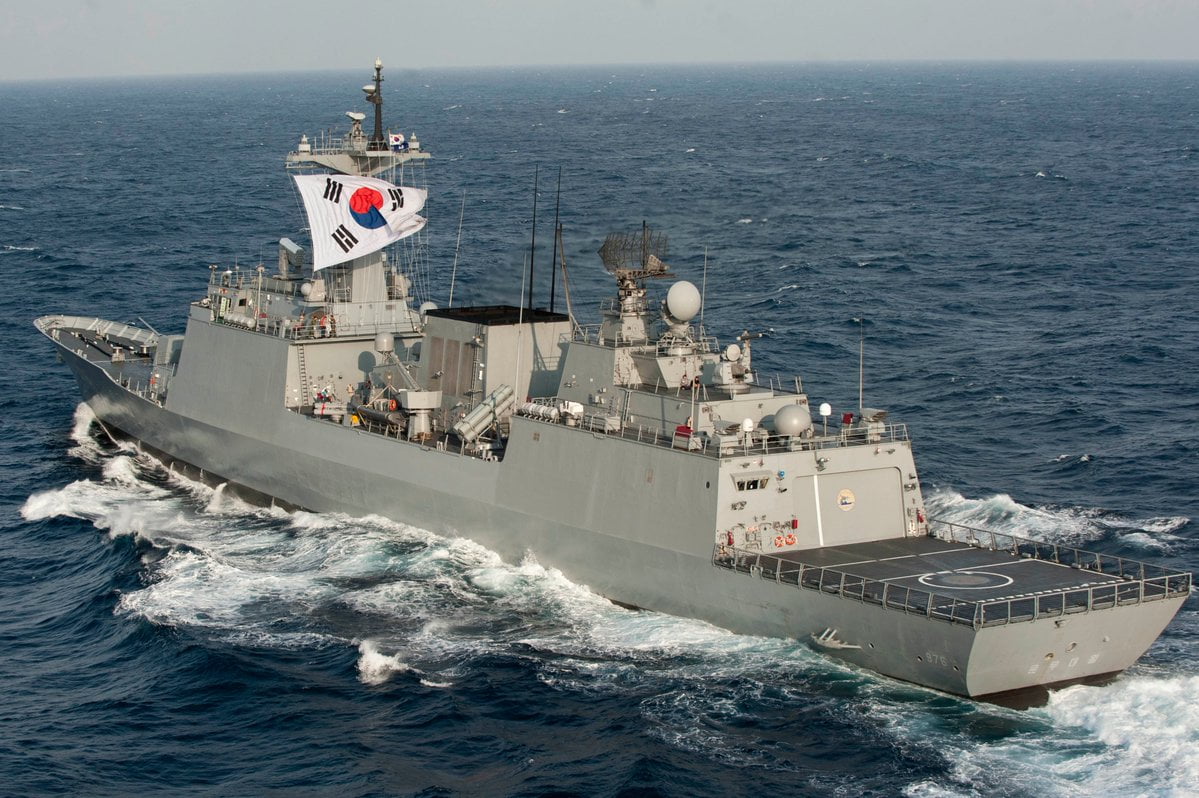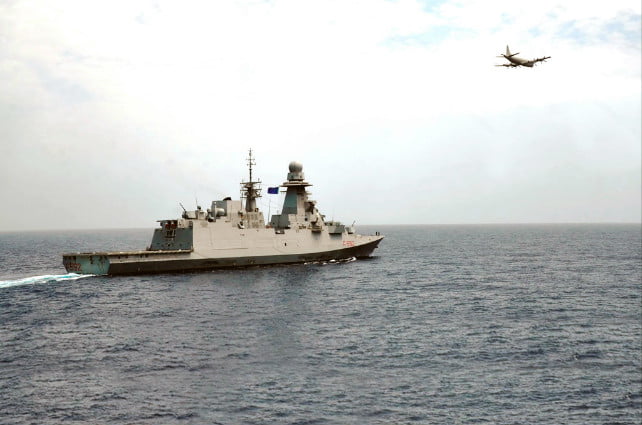According to an article published by the Italian Ministry of Defence on June 12, 2018, the role of the Italian Navy recently participated in a recent counter-piracy operation in the Indian Ocean.
The first counter-piracy exercise conducted in the Indian Ocean – which saw the participation of Italian Navy Frigate Carlo Margottini- has ended recently. Margottini has been Operation EUNAVFOR Atalanta’s flagship since 5 April 2018.
Increasing interoperability among units engaged in countering piracy by sharing operational procedures: this was, in brief, the aim of the first edition of the “Counter Piracy Activity” (CPA), an exercise recently conducted in the Gulf of Aden.
The exercise originated from the need to coordinate units engaged within the framework of the Coalition, such as the EU Task Force engaged in Counter-piracy Operation Atalanta (EUNAVFOR – TF 465) – currently under Italy’s lead- or the assets that make up the Combined Maritime Force (CMF – TF 151) and naval units (Independent Deployers – IDs) operating under our national flag to counter piracy in the Horn of Africa.
The participation of different assets, many of which are non-Nato and non-EU, have in fact prompted the need for a counter-piracy coordination plan aimed at making possible joint activities in fields such as maritime trade control, search and rescue operations, anti-piracy activities (including boarding), medical evacuation, and kinematic, tactical and formation manoeuvers more effective
The EU Task Force engaged in counter-piracy operation Atalanta has taken part with various units in the activities conducted at sea for three days. Italy’s naval units included EU Multi-Mission Frigate (FREMM) Carlo Margottini, whose role as Flag Ship of operation “EUNAVFOR Atalanta” will on 5 August.
The exercise was also conducted by Spanish off-shore patrol ship Meteoro and German aircraft Orion P3.
Combined Maritime Force 151 has instead taken part in activities conducted with Japan’s destroyer Akebono and P3 aircraft. .
Korean destroyer Munmu The Great represented the Independent Deployers – Ids, operating under their national flags.
Besides activities at sea, a number of simulations, based on the use of common counter-piracy messaging networks in the Indian Ocean, have also been conducted within the framework of the same exercise.
The deployment of the South Korean destroyer was in part a response by South Korean to pirate activity of the waters of Ghana.
In a story published in the South China Morning Post on April 1, 2018, the South Korean engagement to deal with piracy was described.
South Korea has deployed an anti-piracy warship to the sea off Ghana after three South Korean sailors were kidnapped by pirates, Seoul’s foreign ministry said.
The 500-tonne Marine 711 with about 40 Ghanaian and three South Korean sailors was boarded by unidentified pirates last Monday.
The pirates seized the three South Koreans and escaped on a separate speedboat, with their current whereabouts unknown.
The Marine 711, registered in Ghana, later arrived at a port at Ghana where the Ghanaian sailors disembarked, according to the South’s Yonhap news agency.
South Korea’s military said the pirates had been identified as Nigerians, Yonhap reported.
Munmu the Great, a South Korean warship that had been involved in anti-piracy operations in the Gulf of Aden, had been sent to the nearby sea, it said.



